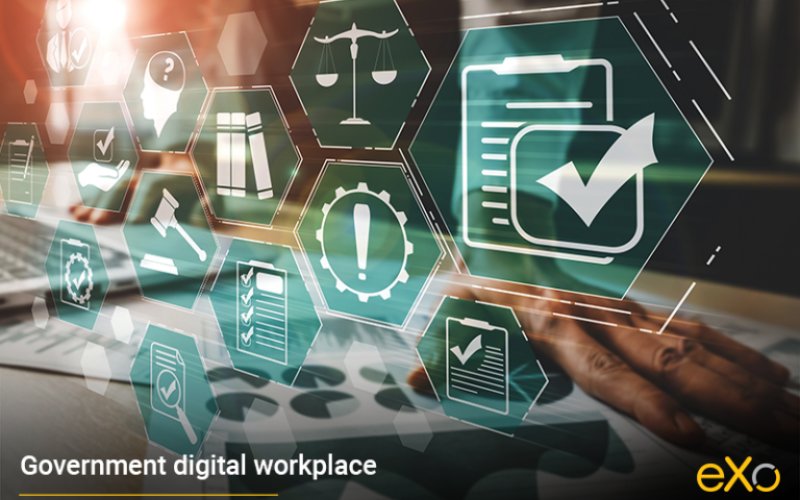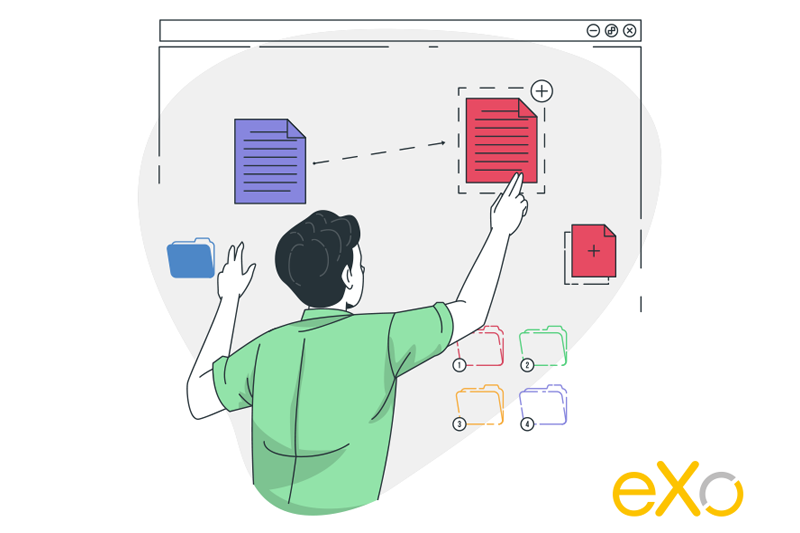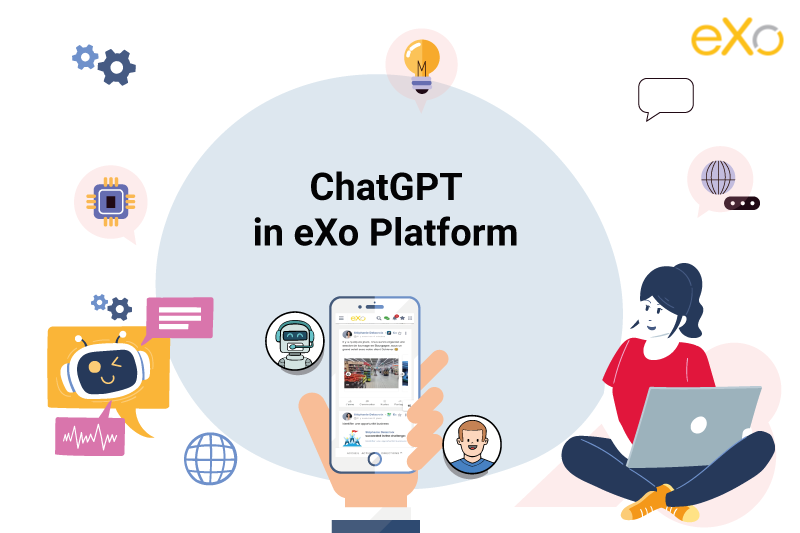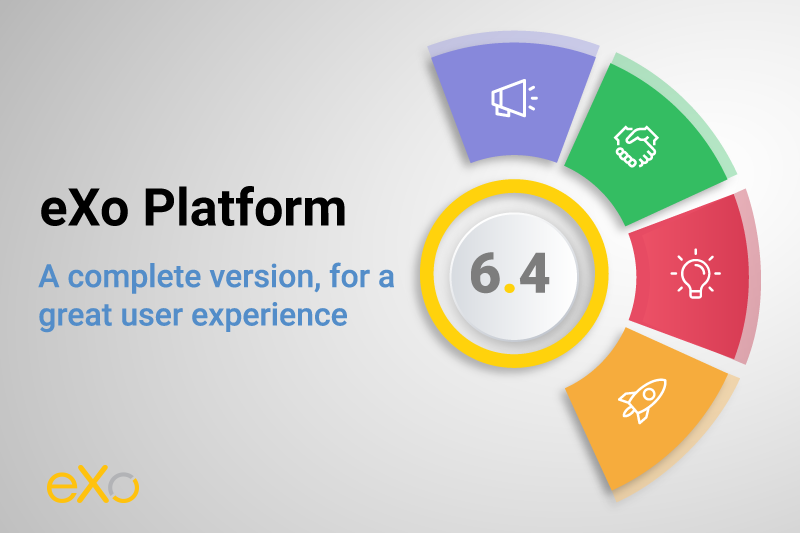- Fares Laroui
- April 28, 2021
Government digital workplace: The pillar of a successful digital experience

Content
1. Break down communications barriers
2. Modernize the overall citizen experience
Additionally, a unified web portal allows citizens to perform a variety of operations ranging from payments and filing tax returns all the way to checking personal medical records and applying or renewing ID cards, passports among a host of other activities.
engagement and performance
3. Foster collaboration within and between government agencies
This is mainly the reason that have seen digital workplace solutions and collaborative suites become increasingly adopted by many industries and primarily governments. The holistic approach of such solutions offers a great deal of convenience, flexibility and security. Combining document and project management systems with an added layer of social features and mobility allow users to collaborate easily from anywhere and using any device.
4. Centralize and secure access to knowledge

FREE WHITE PAPER
Types of Digital workplace solutions
The modern workplace has evolved significantly in recent years, with advancements in technology, the growing number of tools …
FAQs
What is a digital workplace?
- An evolution of the intranet
- A user centric digital experience
What are the pillars of Digital Workspaces for Governments?
- Break down communications barriers
- Modernize the overall citizen experience
- Foster collaboration within and between government agencies
- Centralize and secure access to knowledge
How to launch an effective Digital Workplace?
- Understand users’ needs
- Identify your digital workplace ambassadors
- Build the digital workplace brand
- Training and onboarding
- Plan the big day
What does digital workplace really mean?
How to be a good digital workplace manager?
- Analytical skills and approach
- Focus on employees
- Communication and strategic vision
- Tags: Digital workplace, workplace
Related posts
- All
- eXo
- Digital workplace
- Open source
- Internal communication
- Collaboration
- News
- intranet
- Future of work
- workplace
- Knowledge management
- Employee engagement
- Employee experience
- Employee productivity
- onboarding
- Employee recognition
- Change management
- Cartoon
- Digital transformation
- Infographic
- Remote work
- Sneak Peek
- Solutions
- Thought leadership
- Tips & Tricks
- Tutorial
- Uncategorized
Leave a Reply
( Your e-mail address will not be published)


